With Android 13, we can expect a few significant changes and enhancements to improve our Android smartphones. But as with every major annual release of Android, many minor or underappreciated features can slip through the cracks. Some of them are somewhat known but not talked about as much, while others don't seem to get the attention they deserve.
Whether they're hidden away in a menu somewhere or just not mentioned a lot in the news headlines, some of them can be pretty useful. In this guide, we highlight a handful of those specific features from Android 13.
Quick Tap flashlight action shortcut
Quick Tap is an excellent feature introduced with Android 12, which allows you to double-tap the back of your phone to launch a particular action. Although technically not a new feature in Android 13, Google added a new option that most users felt was missing from day one—a flashlight.
To find the Quick Tap feature, go to Settings > System > Gestures. Then tap Quick Tap to start actions, go to the bottom of the list, and tap Toggle flashlight.
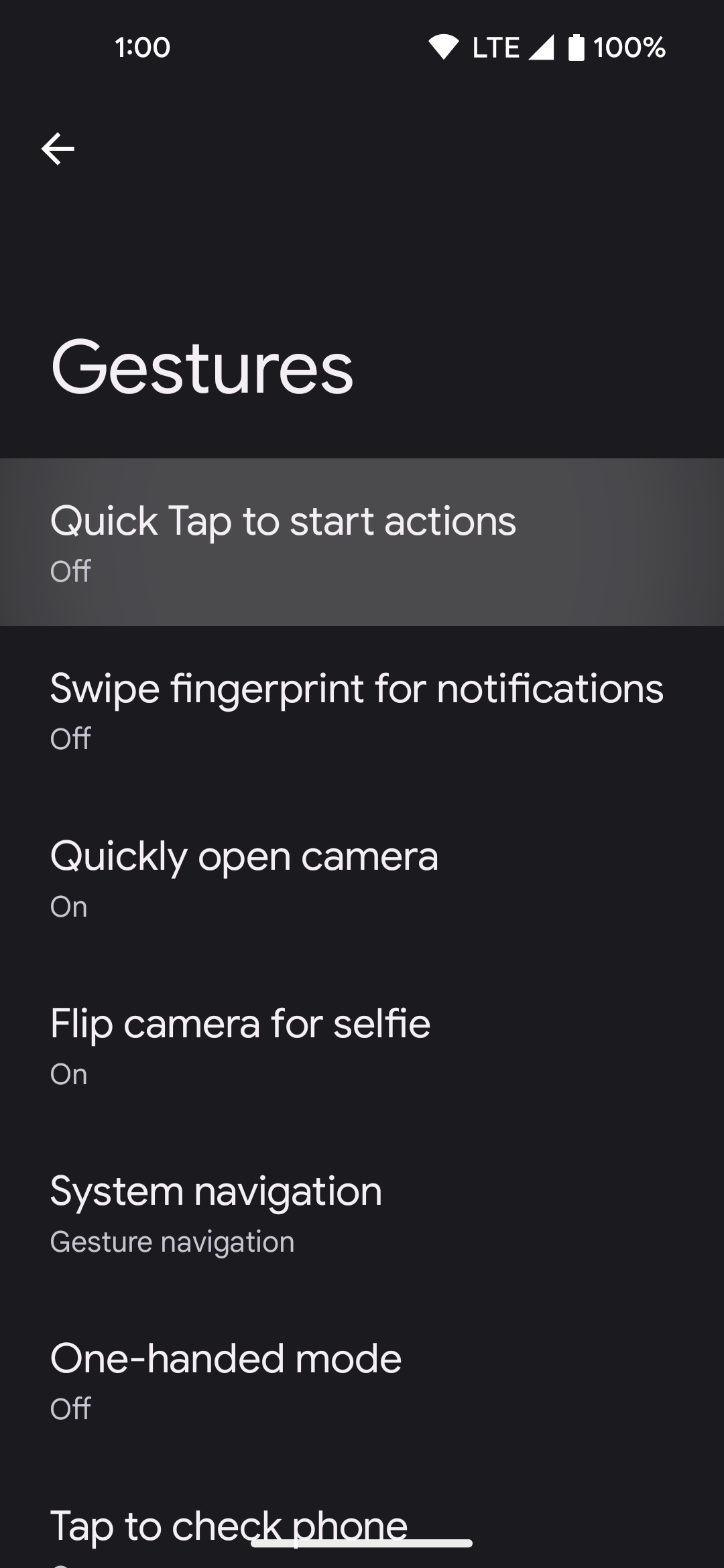
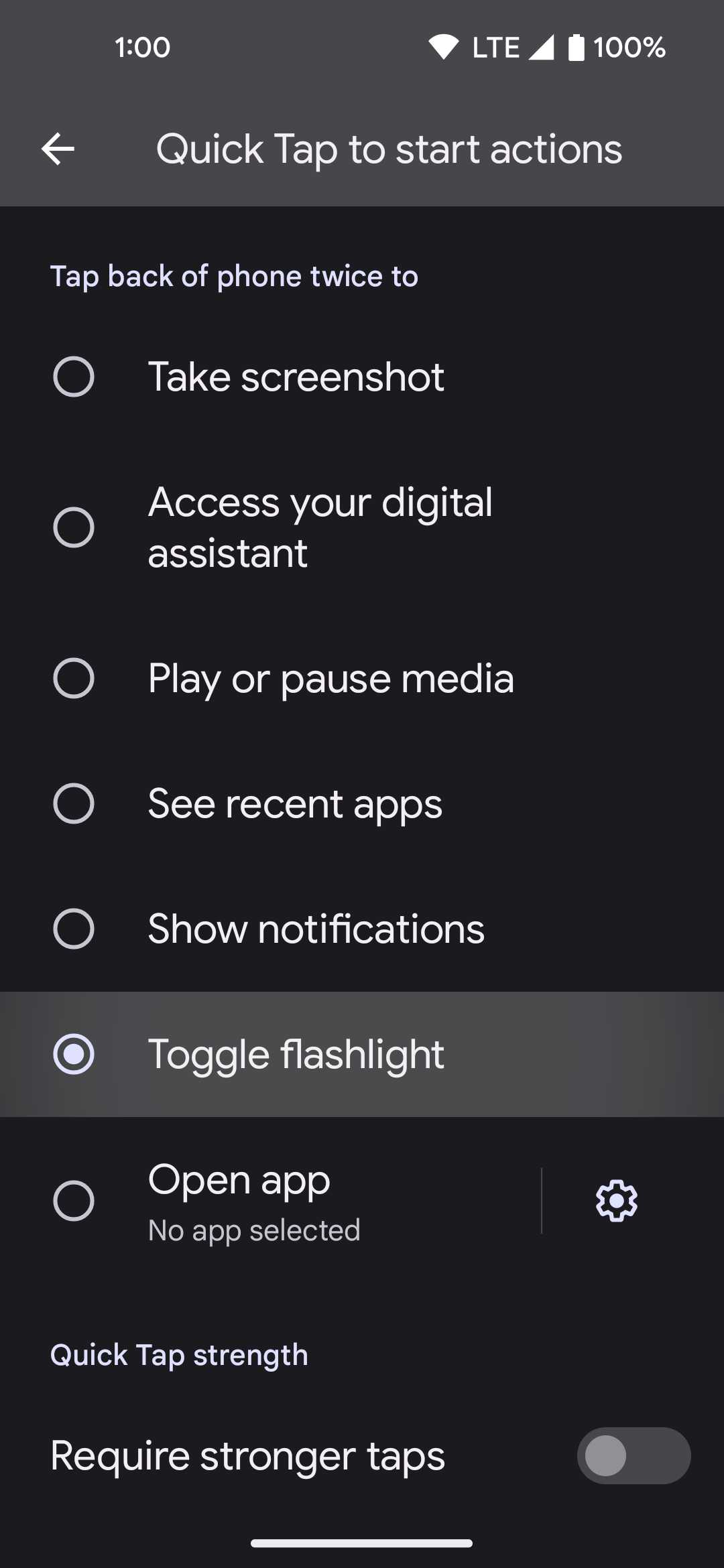
Scan QR codes from the Quick Settings menu
There are multiple ways to scan QR codes on your Android smartphone, from Google Lens to the built-in camera app. This works great, but you have to open an app and make a few taps before you can start scanning a QR code. In Android 13, Google introduced the Scan QR code panel for the Quick Settings menu with one-tap access.
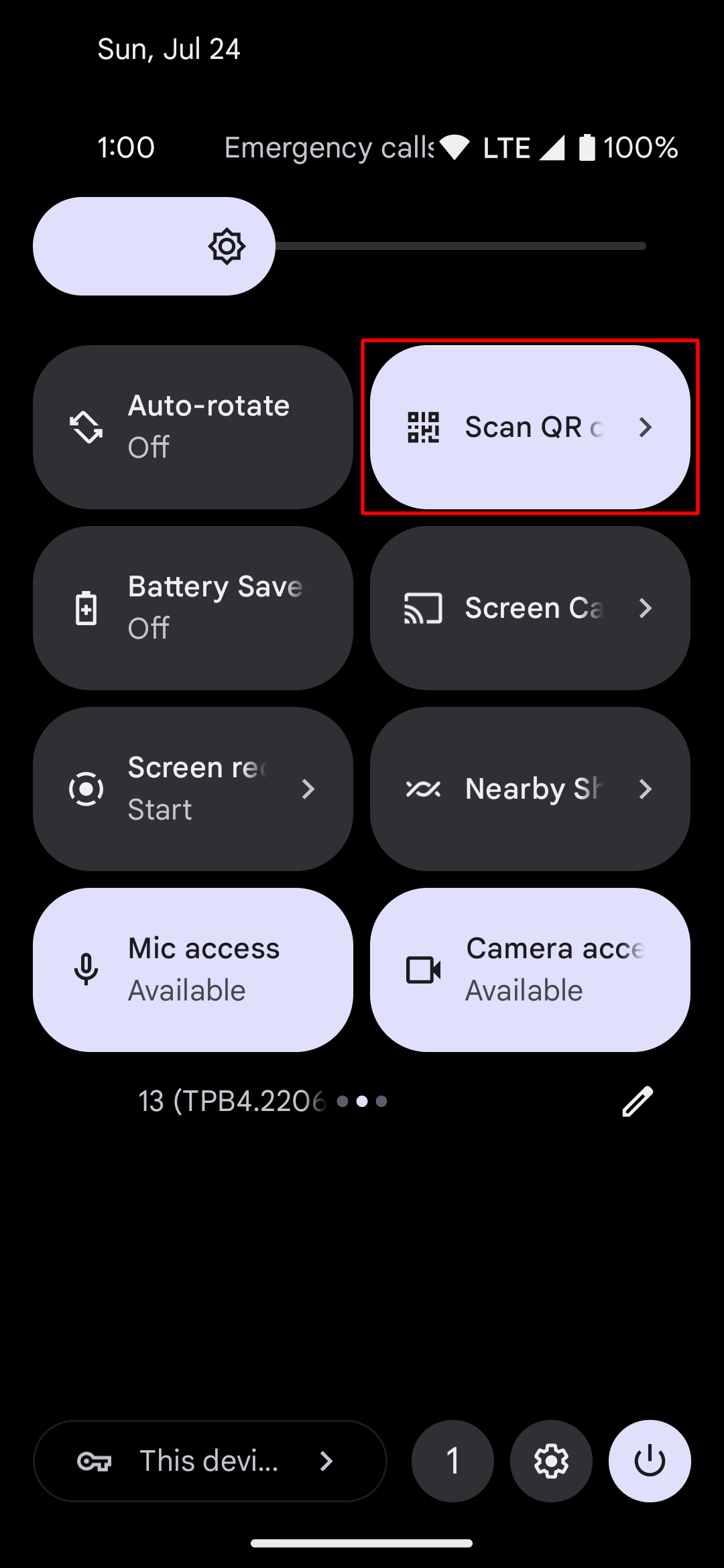
To scan a QR code, tap the tile once and then scan a QR code. No more opening the camera or other apps first.
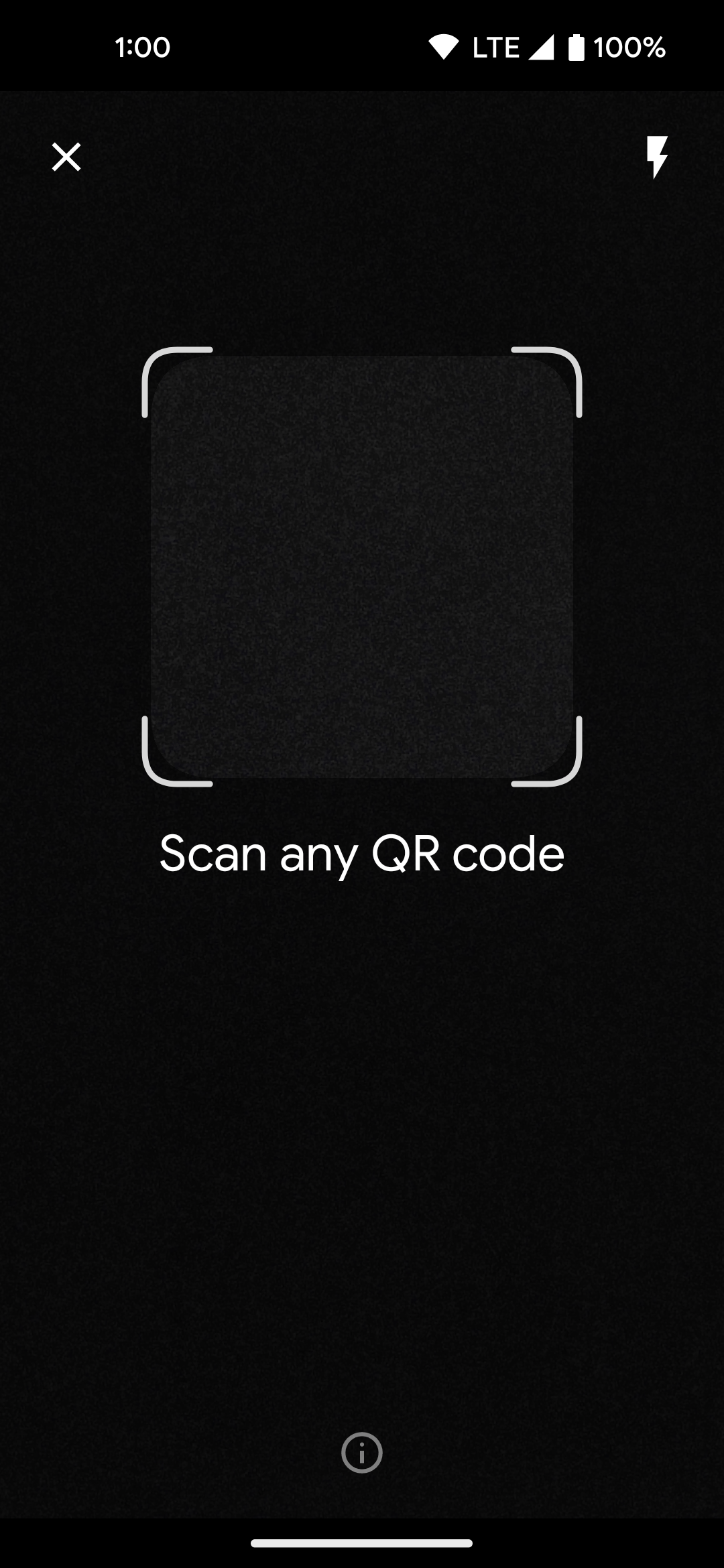
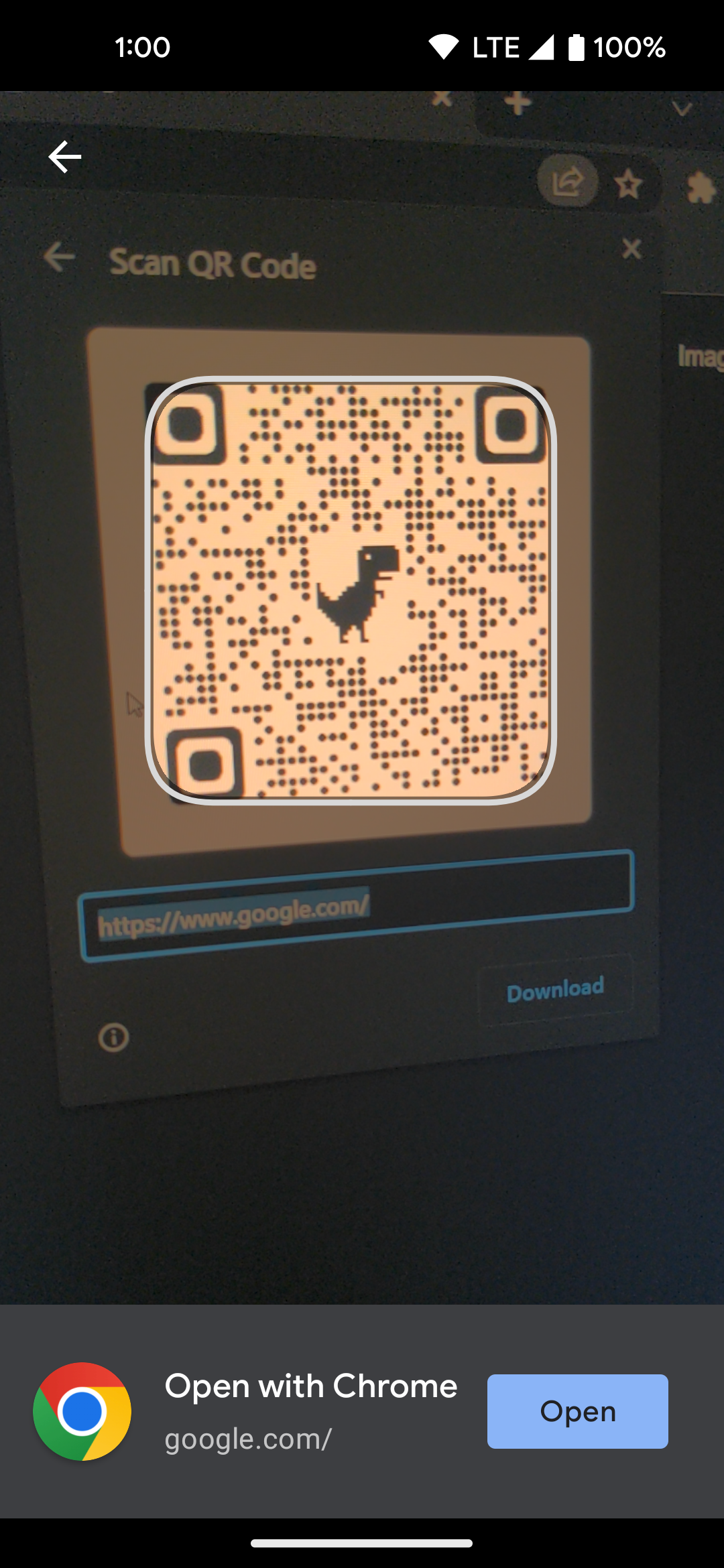
Control smart home devices without unlocking your phone
Google continues to refine the smart device controls after each major version of Android. For example, they recently swapped the long-press power button menu for a Quick Settings tile called Device controls in Android 12. The purpose and features were the same, but Google changed how you access your smart home controls.
That's all good, but one common issue was still there. You couldn't turn the lights on if your smartphone was locked. Starting with Android 13, there's an option you can enable that allows you to control these devices without unlocking your phone. To find this new Android 13 feature, go to Settings > Display > Lock screen > Control from locked device. Once you turn on this setting, you should be able to manage the devices linked to Google Home without having to unlock your phone first.
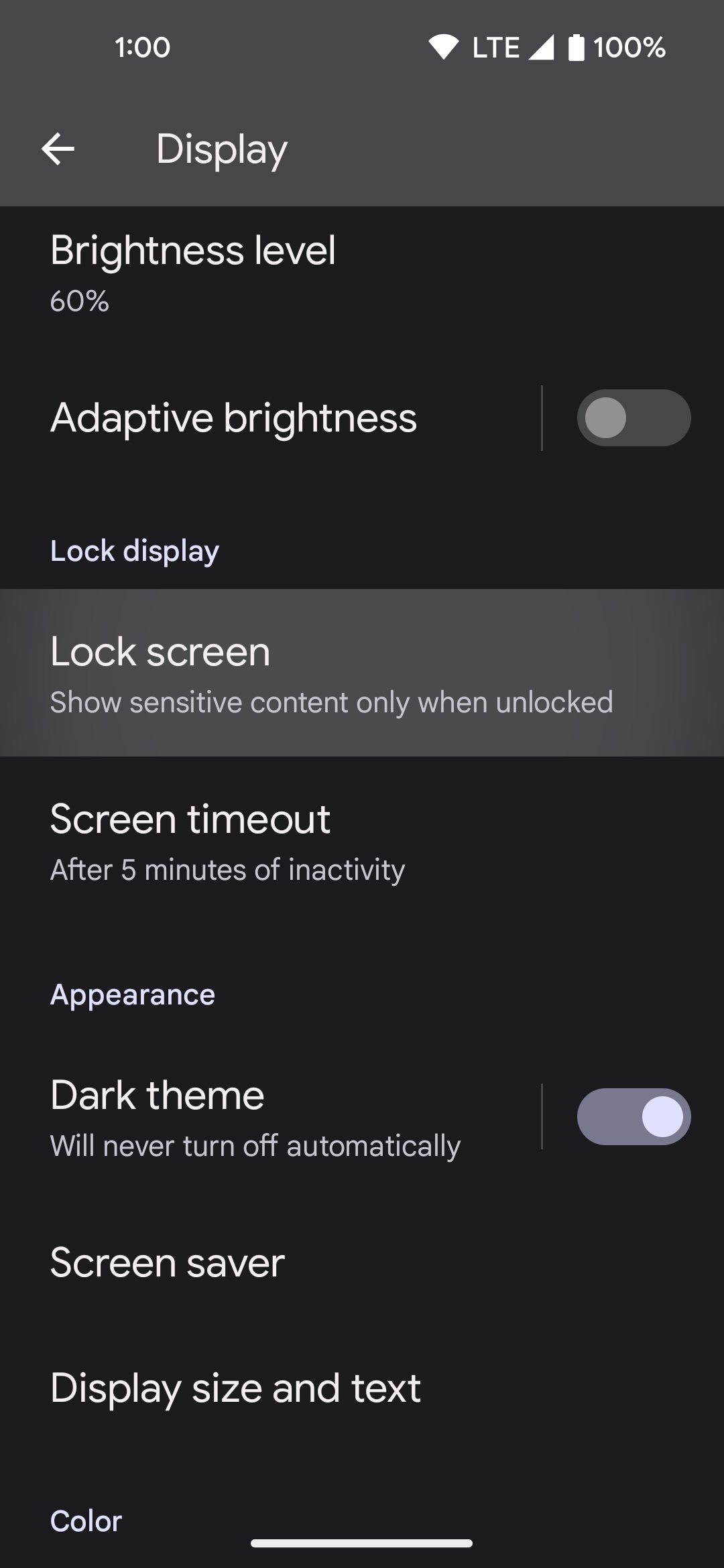
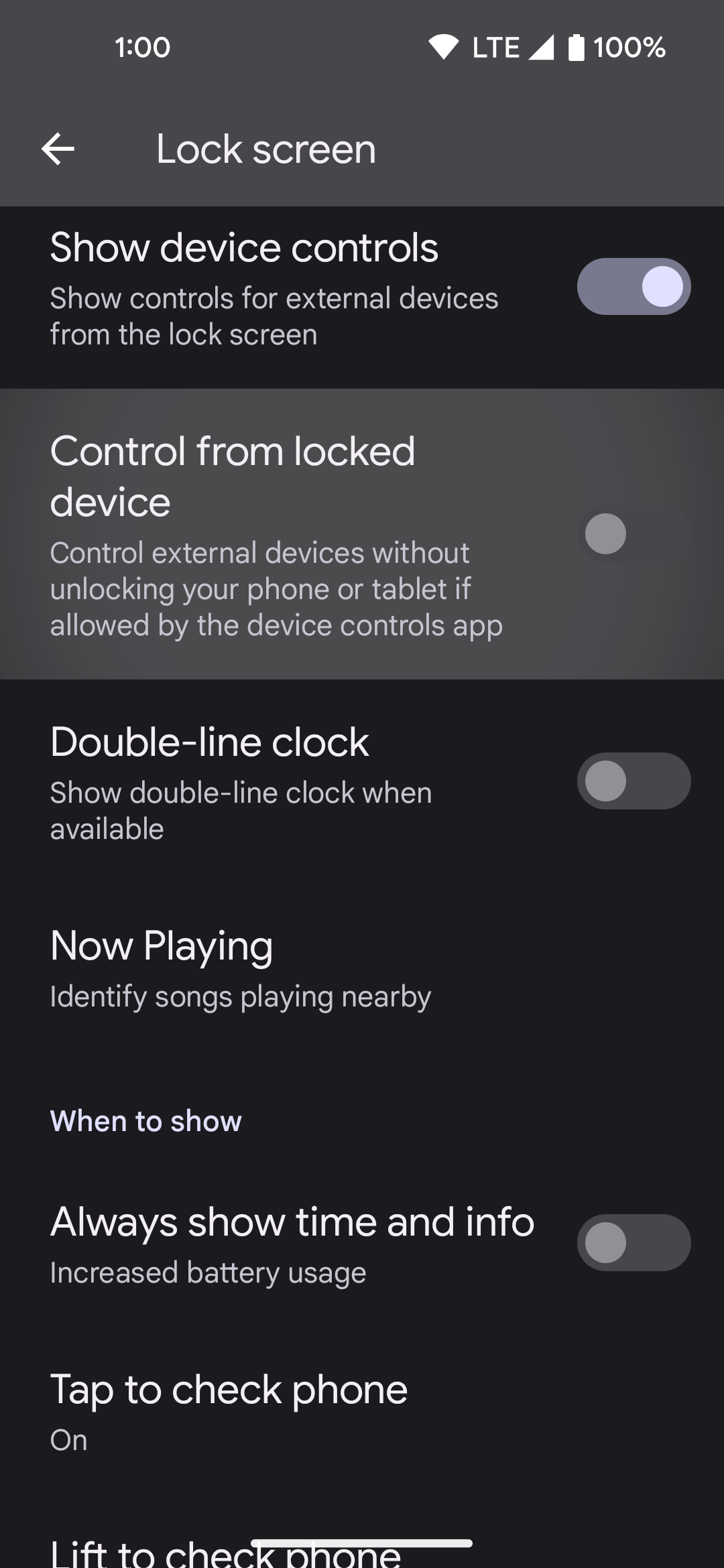
We're so grateful Google finally added this feature to help simplify our lives. The updated Quick Settings tile in Android 13 is now named Home, which is what you'll press to adjust your smart home devices as needed.
A smaller lock screen clock than what came with Android 12
Always-on displays have been a significant part of the Android ecosystem but only recently saw a major overhaul with Android 12. Google's focus on larger fonts and icons for a touchscreen environment is brilliant. However, it also affected the lock screen. Not everyone likes looking at the big font size for the clock in Android 12, but many have gotten used to it by now.
With Android 13, there's now a setting to reduce the lock screen clock font size in case you're still interested in a more discreet option. You can find it by going to Settings > Display > Lock screen > Double-line clock. Enabling this option will split the clock into two lines, making it look like when you get a notification—except it stays smaller at all times
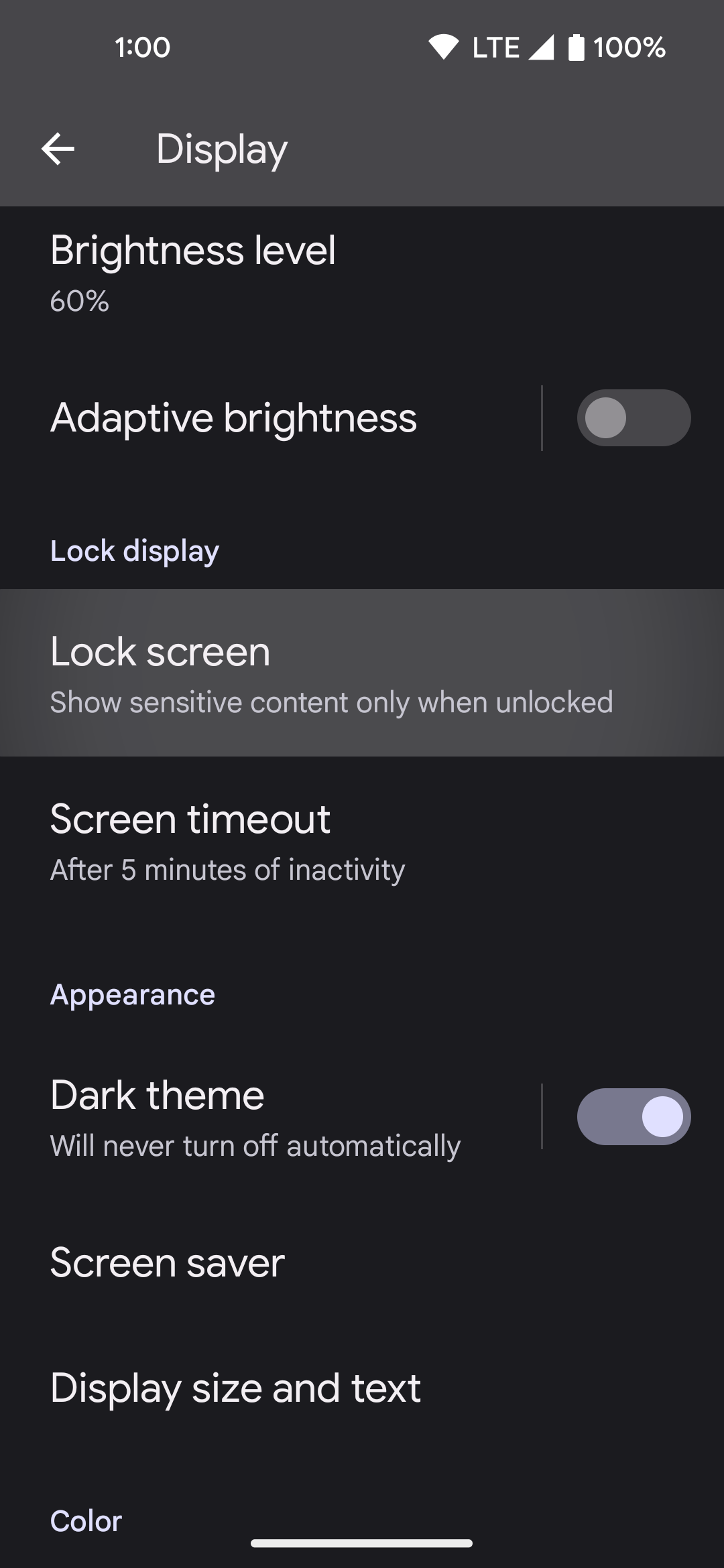
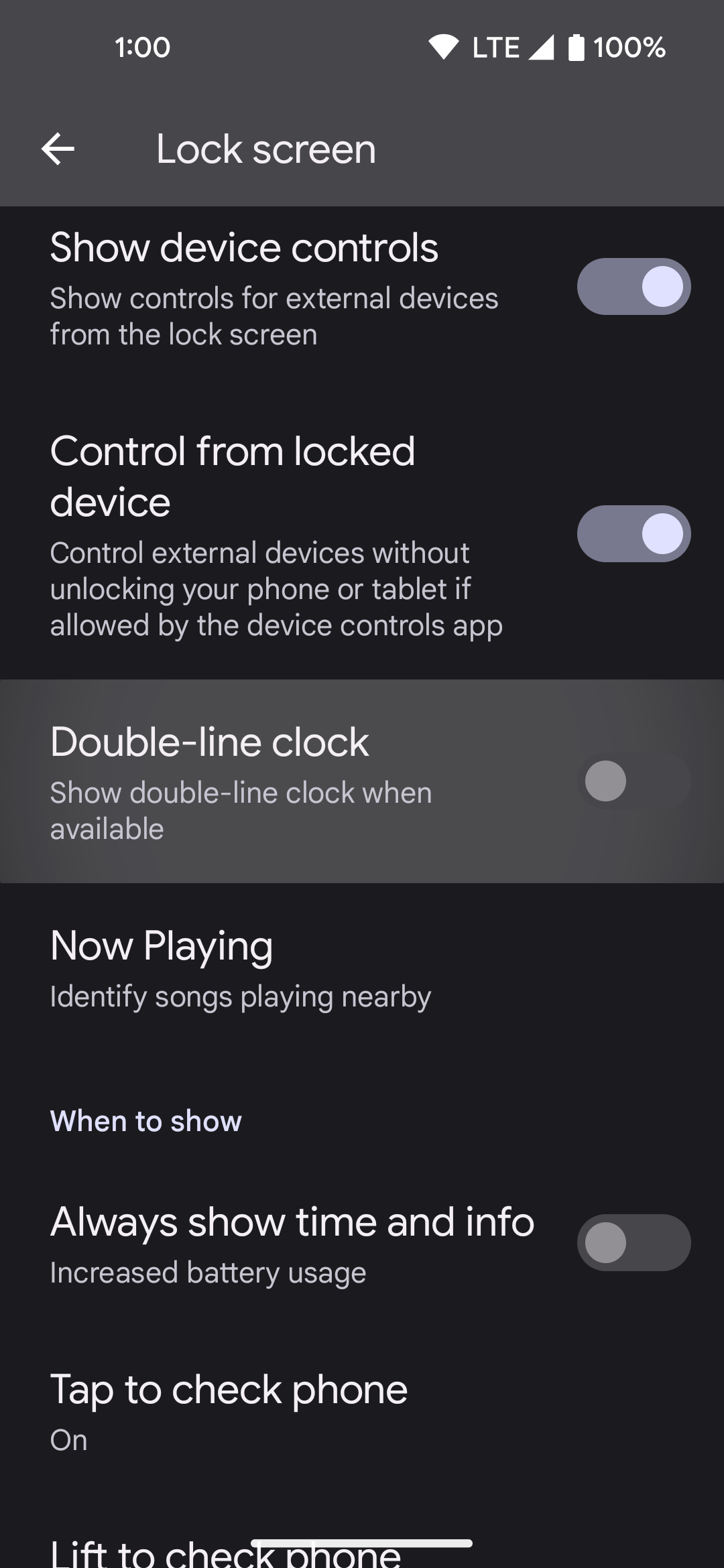
If you weren't a fan of the big font size for the clock on the lock screen, this Android 13 setting should help solve your always-on display woes.
Quickly edit a doc or text with improved copy and paste functionality in Android 13
Copy and paste is a core Android function that many of us use daily; we'd likely be lost without it. This feature has mostly stayed the same throughout the years, with a few minor changes here and there. In Android 13, Google has added a helpful feature that opens a new menu in the lower-left corner when you copy something. Tapping that pop-up brings you to a dedicated screen with the copied text, which lets you edit it as needed. Pressing Done saves the changes.
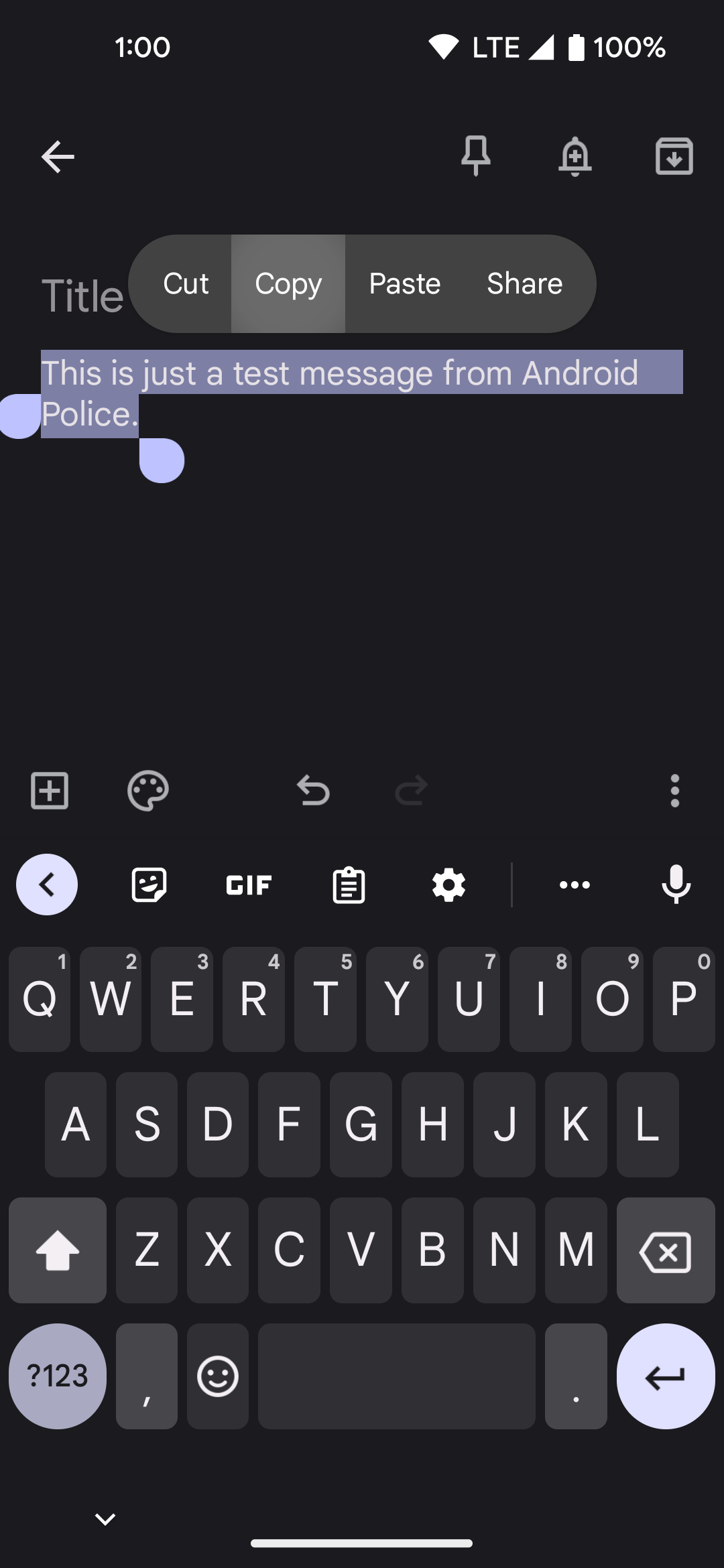

Active apps section in Quick Settings panel makes closing apps easy in Android 13
Many top-tier Android smartphones today come with a significant amount of RAM, up to 16GB in some cases. The more RAM you have available, the more apps you can have open at once. This is great for multitasking, but what about those apps that run in the background 24/7? Some apps, such as a VPN, should run at all times, but not every app needs to be constantly active. Android 13 brings a new Active apps button to the bottom of your Quick Settings menu to help you out.
Swipe down your Quick Settings menu, then tap the numbered button at the bottom of the screen left of the Settings icon to get started. That number represents how many apps are currently running on your system. In the new Active apps screen that pops up, you can view and turn off any you don't want by pressing the Stop button.
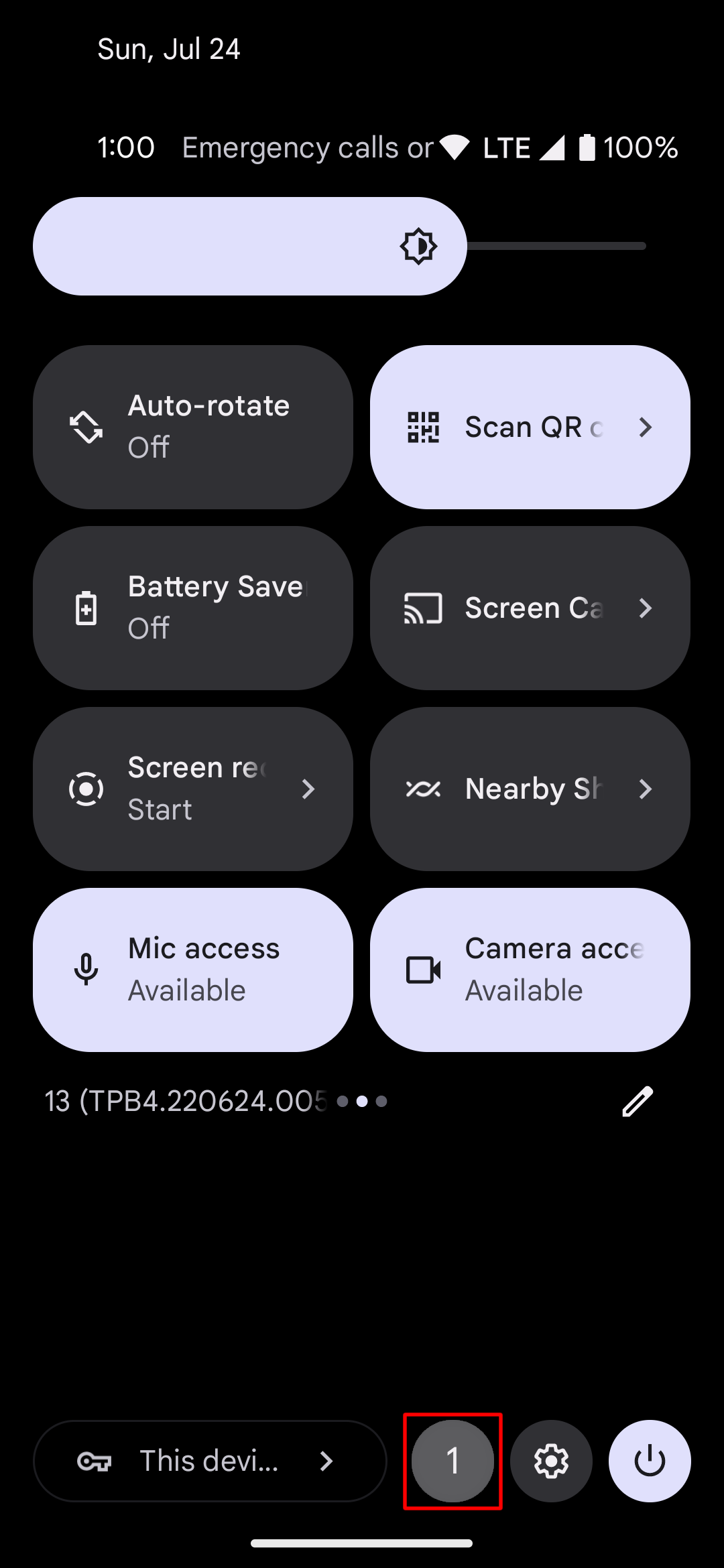
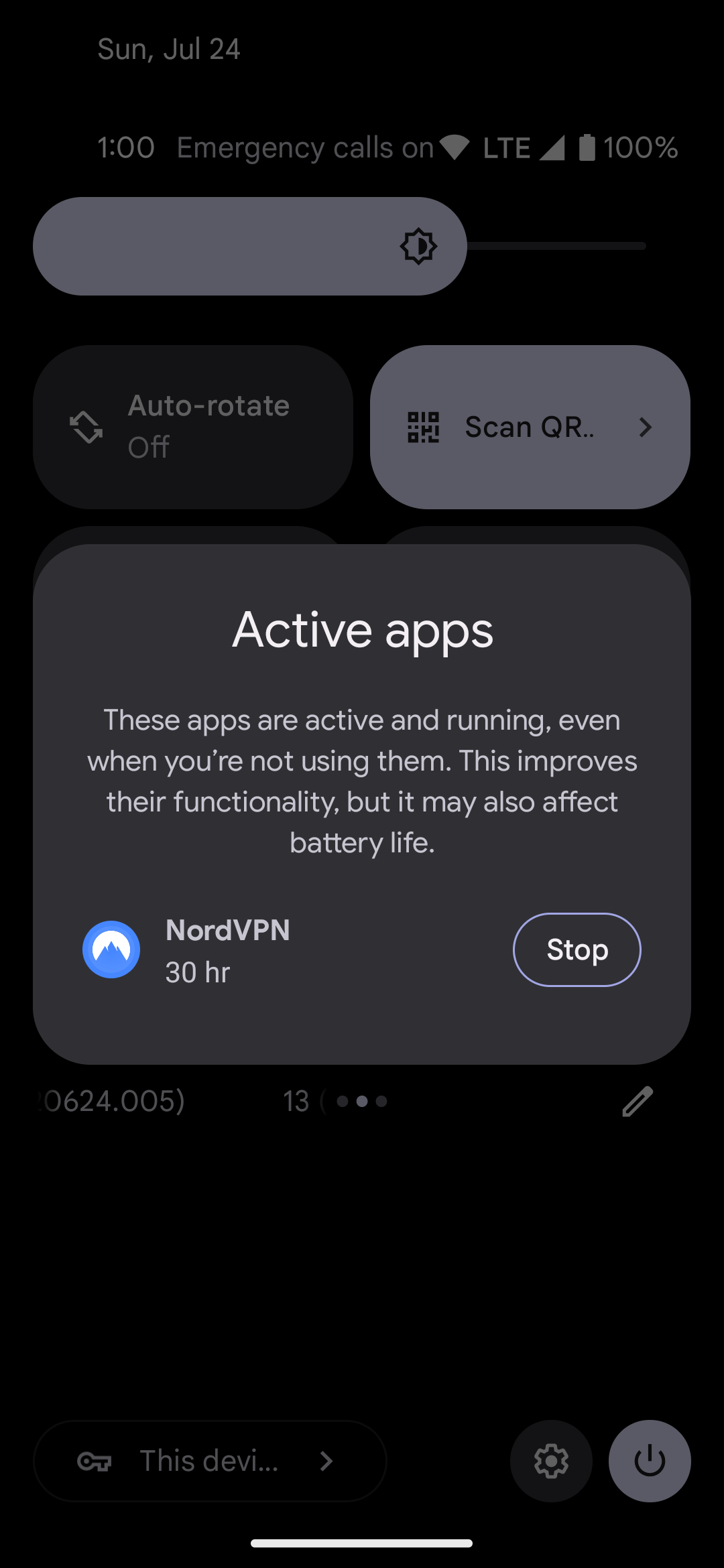
Some apps must be running in the background to work correctly—just shut down the ones you don't need.
Android 13 lets you change display size and text setting from the same screen
You may not always have to use these, but Android 13 has some useful display control options that you should know about. Before this, the Font size and Display size features were in separate sections—other related settings had been tucked away elsewhere.
With the Android 13 update, you can adjust the font or display size, bold, and high contrast text options from a single page. No more jumping back and forth. To find this new screen, go to Settings > Display > Display size and text.
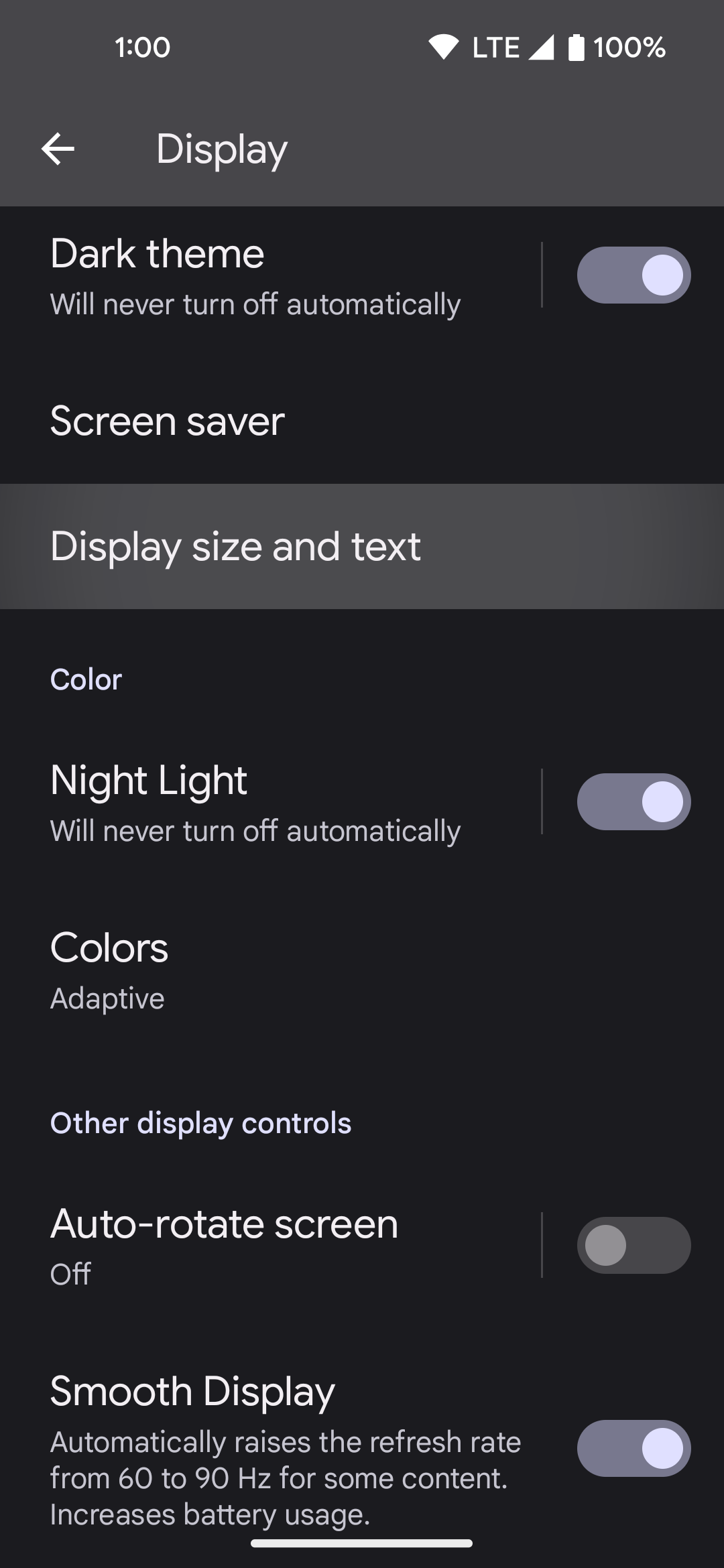
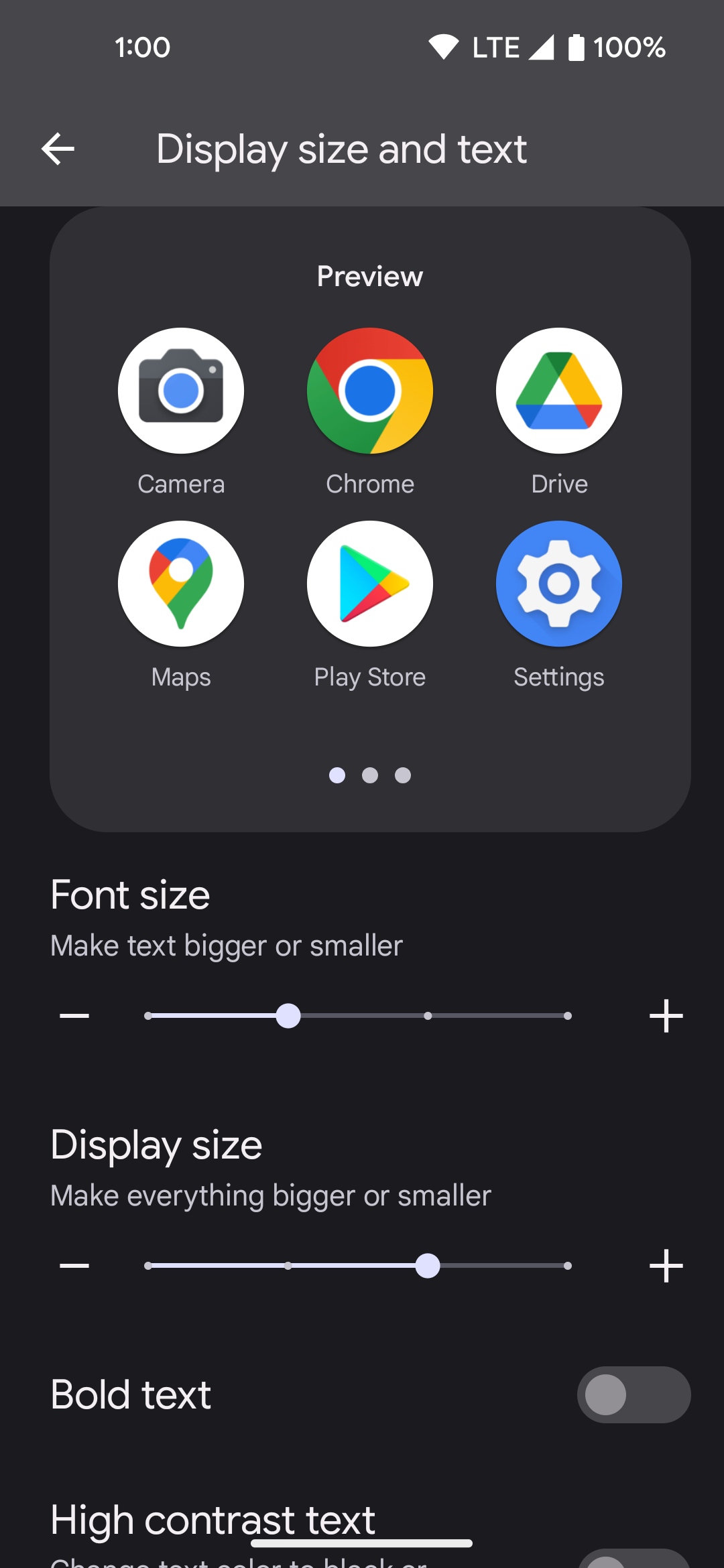
Hold the Home button for your digital assistant using three-button navigation
The gesture navigation that Google brought to the table initially with Android 10 was a game changer. It made big-screen smartphones easier to use. The gesture features continue to improve with each new Android release, but that doesn't mean everyone has warmed up to them yet. Google still offers the 3-button navbar for those who don't want to adopt gesture-based navigation. If you use Google Assistant, you'll be glad to know that Android 13 brought back an old feature: being able to long-press the Home button for your assistant.
It's a small but helpful change for the people who still enjoy using the 3-button navigation and want to summon their digital assistant quickly. To find this new option, go to Settings > System > Gestures > System navigation. On the System Navigation page, tap 3-button navigation and tap the Settings icon on the right. Then make sure the Hold Home for Assistant option is enabled.
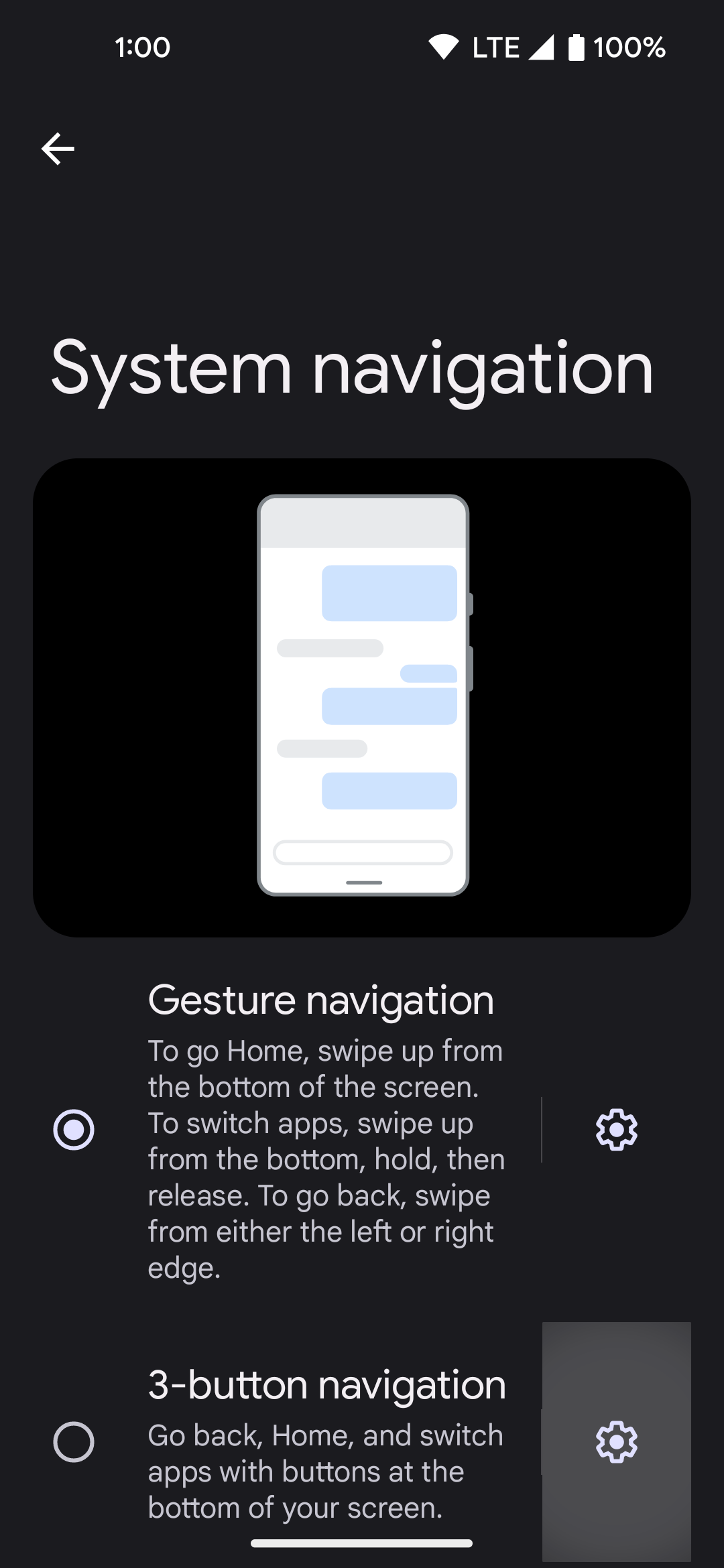
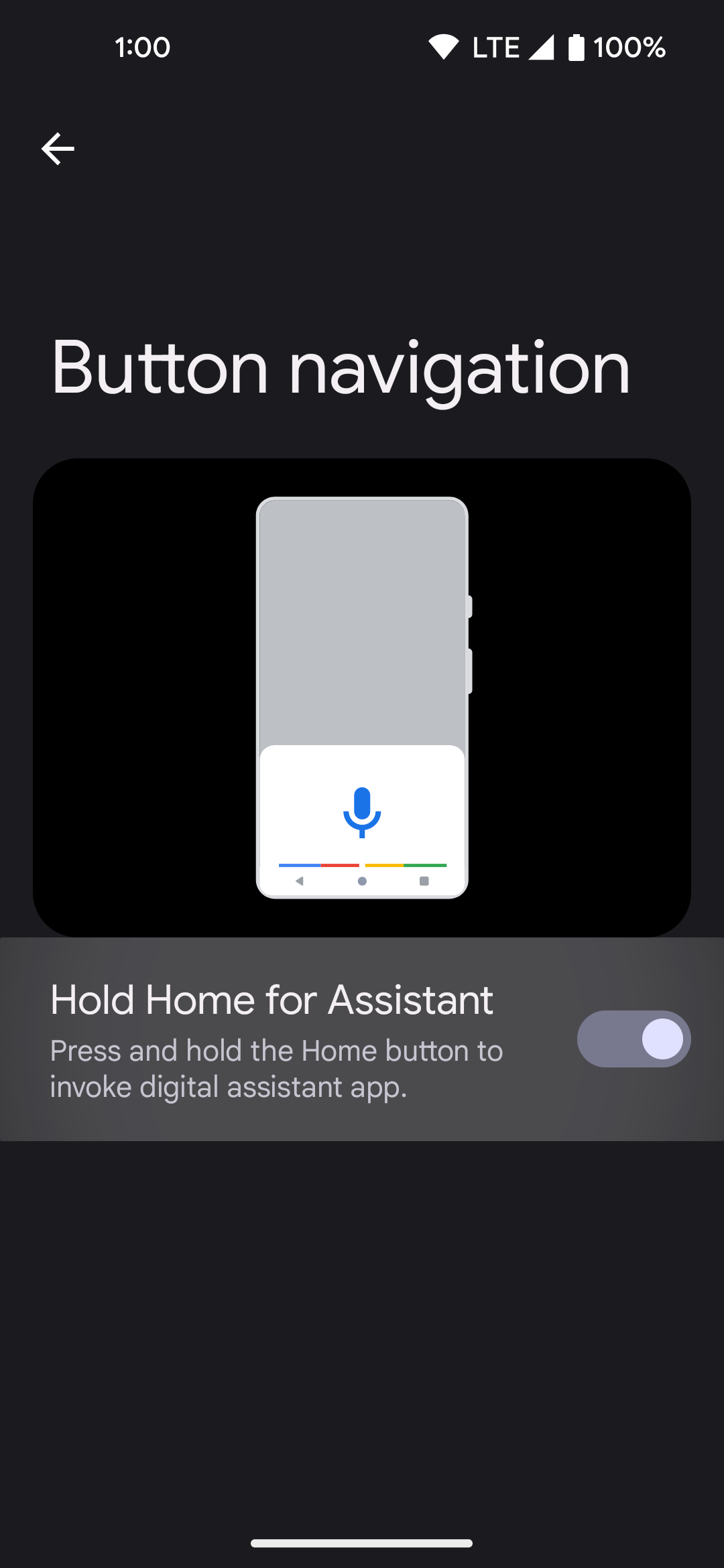
A new audio description setting appears in the accessibility settings
Android has many accessibility features, making it more user-friendly for people of all types. From text size magnification to real-time text transcriptions right before your eyes, there's something to fit everyone's needs. As each new version of Android is released, Google typically adds or enhances a few accessibility options to improve the user experience. With Android 13, they've implemented an Audio description feature, which allows one to hear a verbal description of what's happening on-screen during audio pauses. This works with supported movies and shows to portray the scene to its users better.
To find this option, go to Settings > Accessibility > Audio description. Once you flip the switch to the on position, you should now have system-wide audio descriptions for the apps, movies, and shows that support the new Android 13 feature.
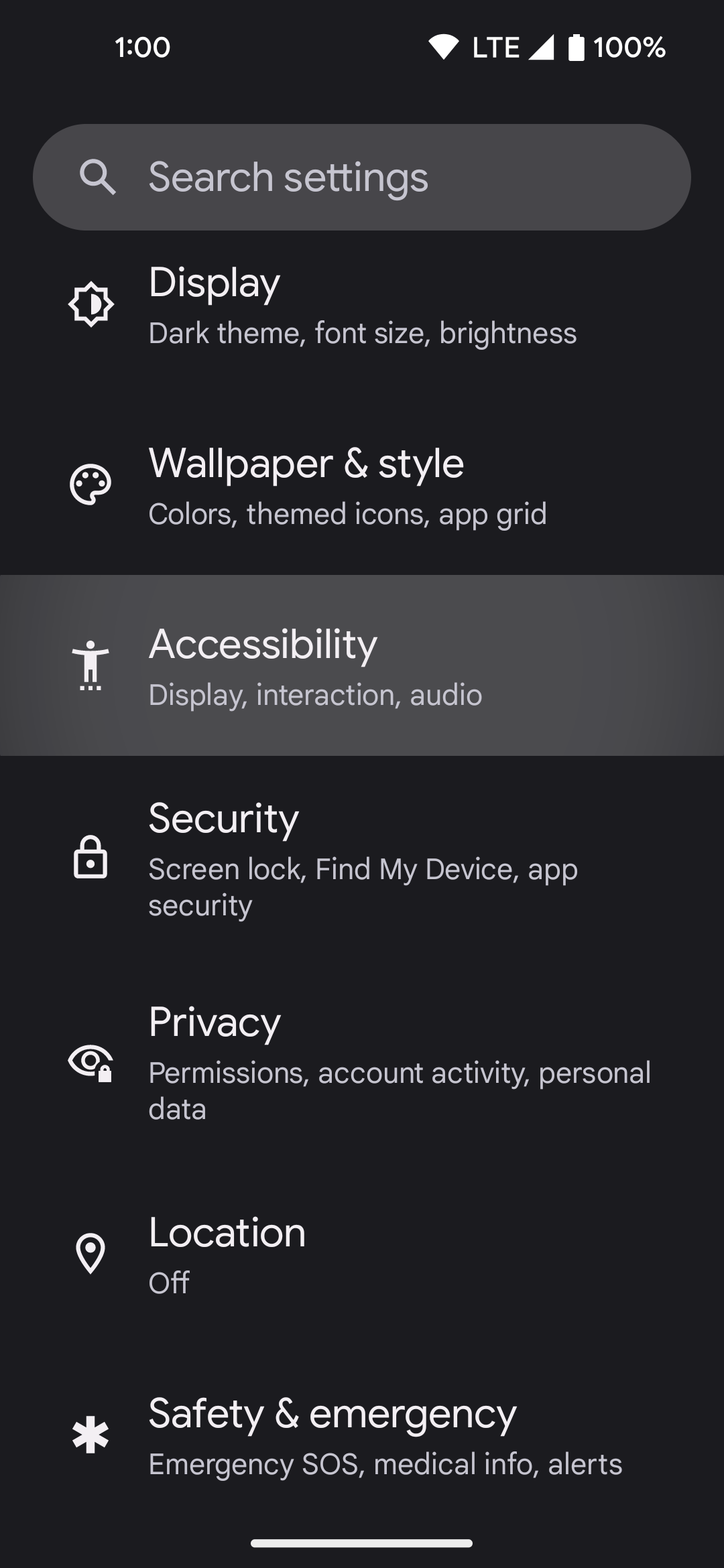
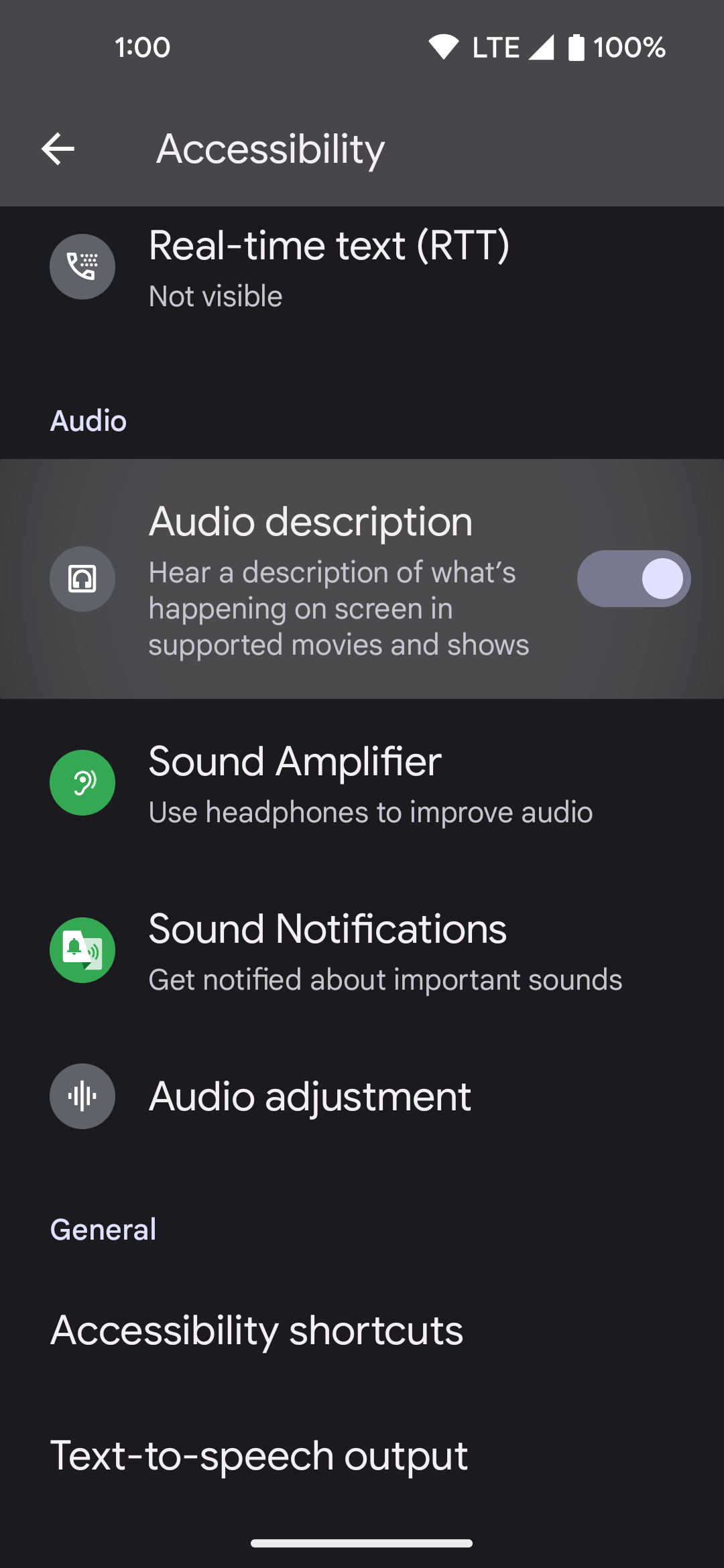
Limit your network bandwidth across the entire system
This feature is more for developers and advanced users. Still, it can be helpful in certain circumstances. Android 13 added a new option to the hidden developer options that artificially limit your network bandwidth speed. This wasn't possible system-wide until now, and it's pretty interesting when you think about it.
Say you have a 100Mbps connection. You can limit how much your Android smartphone uses at its peak. Theoretically, you could restrict it to no more than 15Mbps to effectively reduce the bandwidth and data it consumes. You can do this for the entire month if you're on a limited data plan or use it occasionally to save on data. It might also be helpful if you have multiple other Android 13 devices on your home network. You'd be able to keep them from using up all the available bandwidth as needed.
To find this new setting, go to Settings > System > Developer options. Then, tap Network download rate limit. A new screen pops up with various speed choices ranging from 128kbps to 15Mbps.
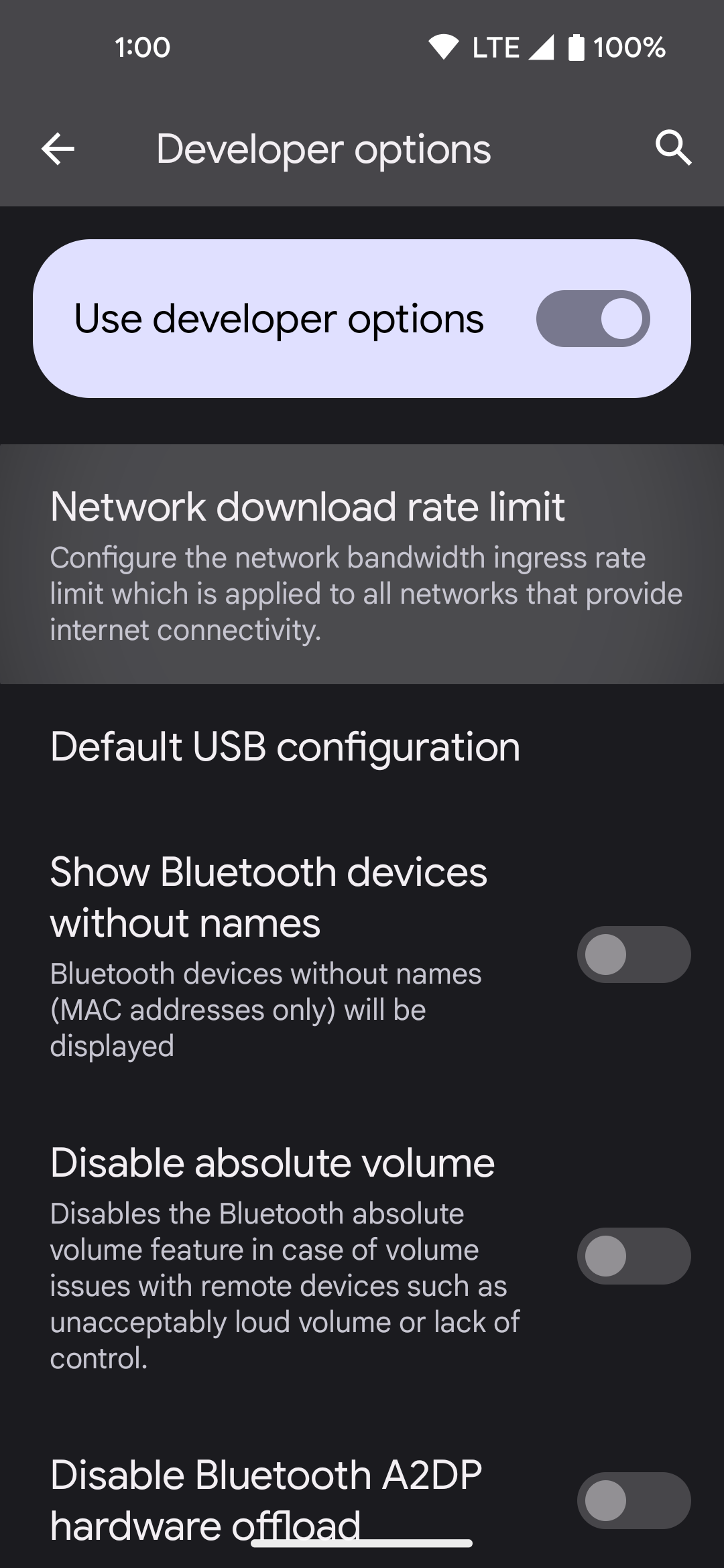
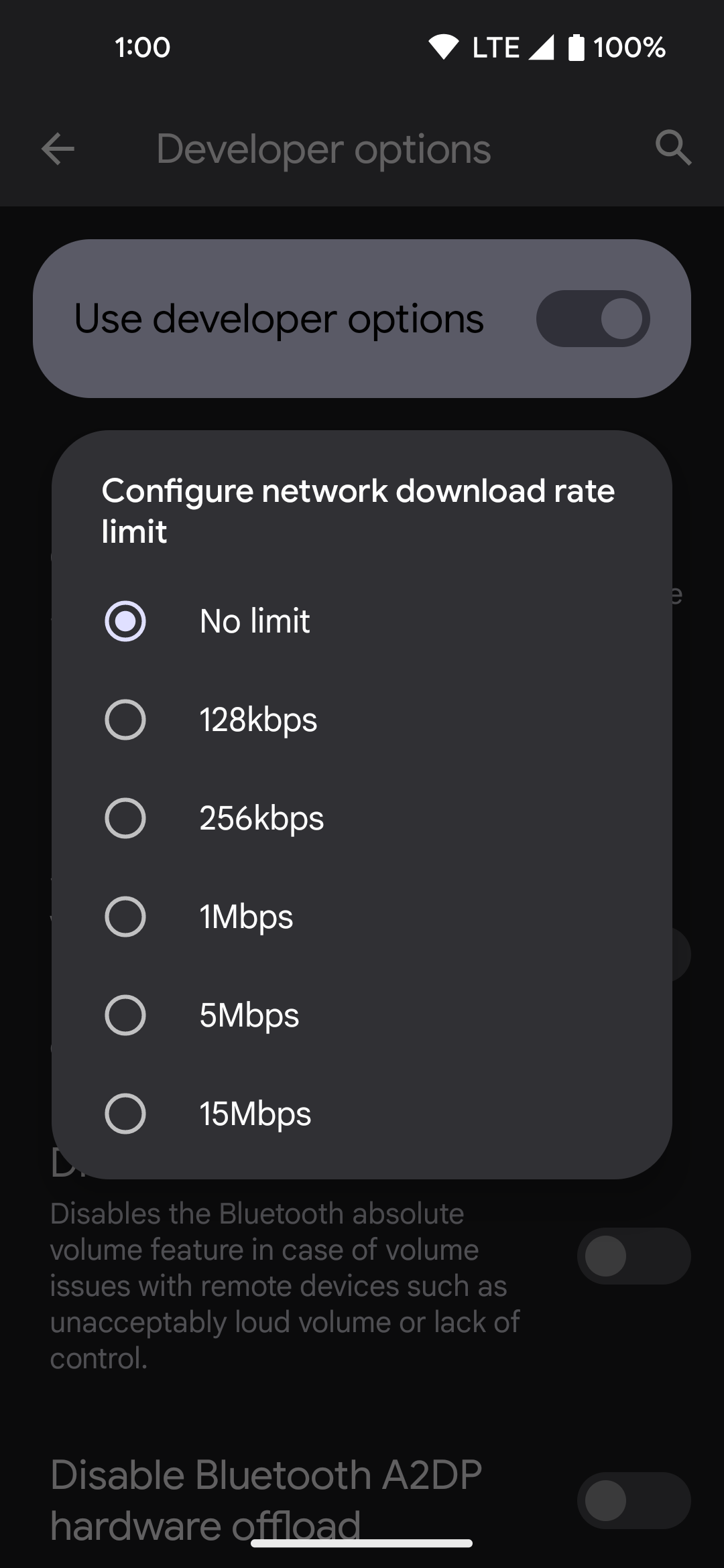
These Android 13 features can be helpful now that you're aware of them
The Android 13 features listed in this guide are just a few of the changes and additions coming to the next big version of Android. Some might already be known, but others have likely gone under the radar. You can always check out our Android 13 ultimate collection for more information. It shows you everything you need to know in greater detail.
"Android" - Google News
July 27, 2022 at 05:09PM
https://ift.tt/86ngt9i
The top 10 underrated Android 13 features you need to try - Android Police
"Android" - Google News
https://ift.tt/KuhBWNb
https://ift.tt/OnSJRUQ
Bagikan Berita Ini














0 Response to "The top 10 underrated Android 13 features you need to try - Android Police"
Post a Comment